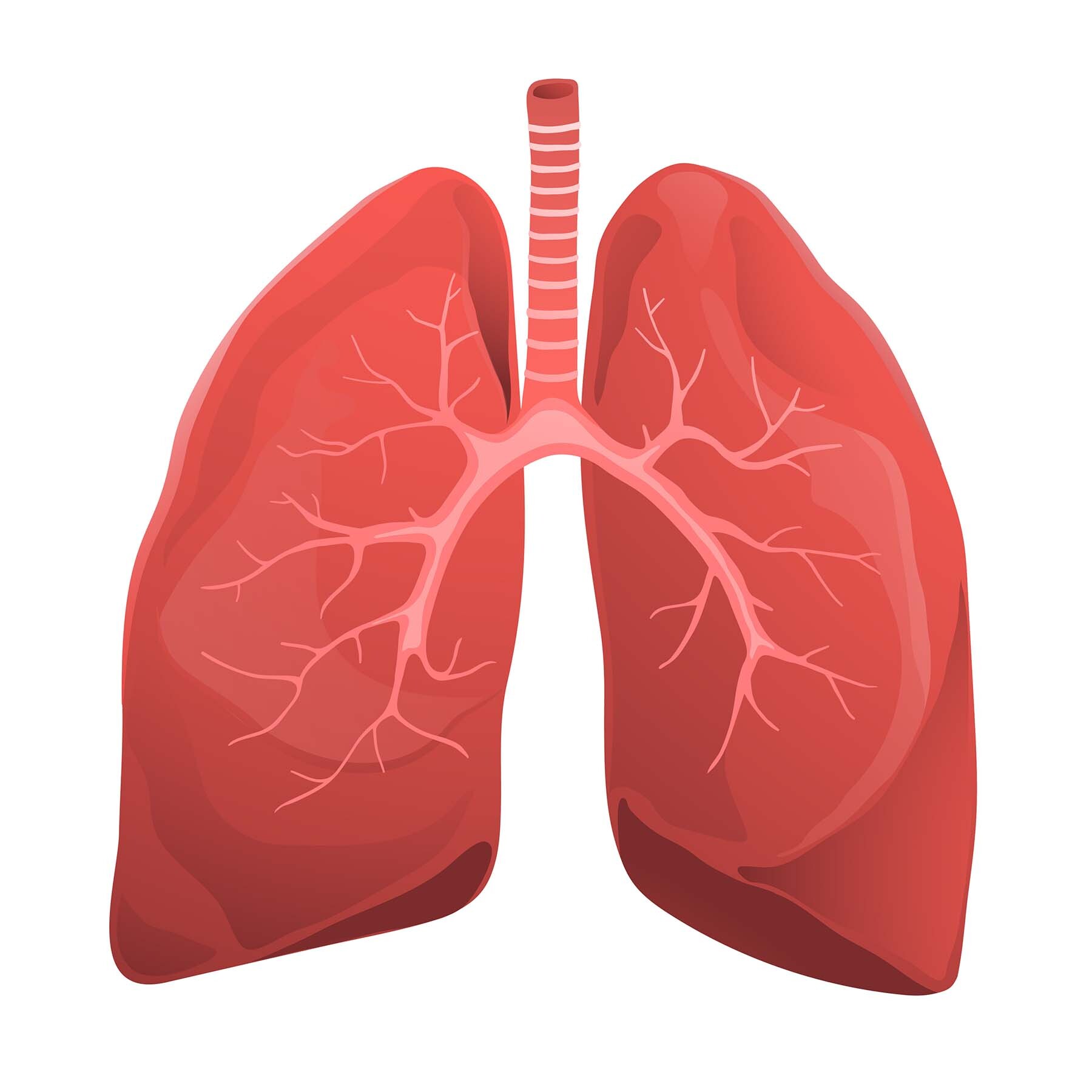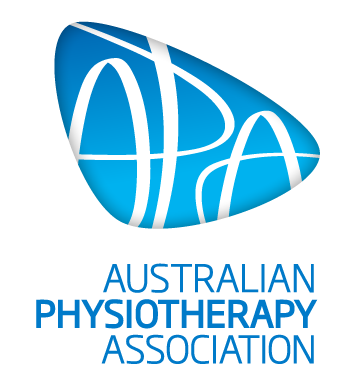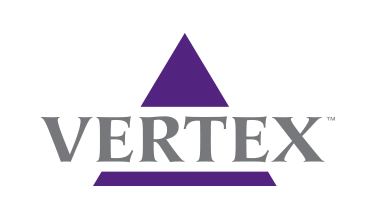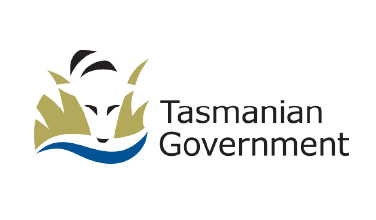
Trachea: otherwise known as our windpipe. The trachea branches off into the bronchi, bronchioles and the alveoli 1 of 4
Left primary bronchus: this branches off into the bronchial tree, imagine an upside down tree with branches getting smaller and smaller as you move further down the tree
2 of 4 Bronchioles and alveoli: these are the lung airways. The bronchioles, just as the other airways, these too are lined with cilia, hair like structures that help move the secretions in the lungs. The alveoli are sac like structure (imagine a bunch of grapes at the end of the branch in the tree) and these air filled structures are responsible for the exchange of oxygen and carbon dioxide 3 of 4 Pleura: a membrane (two layered) that lines the lungs, and helps to protect the lungs within the rib cage and chest wall. The inner layer is attached to the lung, the outer layer is attached to the chest wall. 4 of 4
Trachea: otherwise known as our windpipe. The trachea branches off into the bronchi, bronchioles and the alveoli 1 of 4
Left primary bronchus: this branches off into the bronchial tree, imagine an upside down tree with branches getting smaller and smaller as you move further down the tree
2 of 4 Bronchioles and alveoli: these are the lung airways. The bronchioles, just as the other airways, these too are lined with cilia, hair like structures that help move the secretions in the lungs. The alveoli are sac like structure (imagine a bunch of grapes at the end of the branch in the tree) and these air filled structures are responsible for the exchange of oxygen and carbon dioxide 3 of 4 Pleura: a membrane (two layered) that lines the lungs, and helps to protect the lungs within the rib cage and chest wall. The inner layer is attached to the lung, the outer layer is attached to the chest wall. 4 of 4
Cilia: fine hair like structures present in the trachea and the bronchi. Imagine the kelp in the ocean as it moves backwards and forwards with the waves, your cilia beat backwards and forwards to help move the airway surface liquid out of the airways, capturing any bacteria, dust and other foreign particles out of the lungs. 1 of 3
Thick sticky secretions: in CF airways the airway surface becomes dehydrated and the cilia is unable to beat effectively so the bacteria remain in the lungs, thick sticky secretions form and are hard to move out of the airways, causing inflammation and damage. 2 of 3
Bronchi: these are the airways in your lungs that physiotherapy techniques can help to keep healthy. Using inhalation therapy to hydrate the airways, and airway clearance/exercise techniques to optimise airflow and secretion clearance in the airways. 3 of 3









